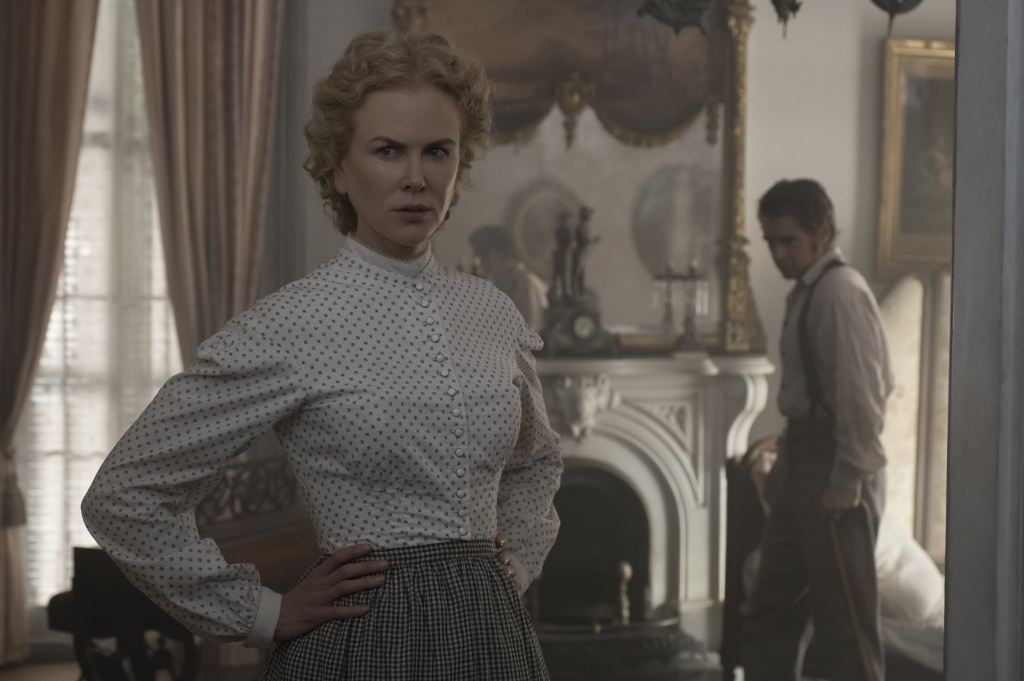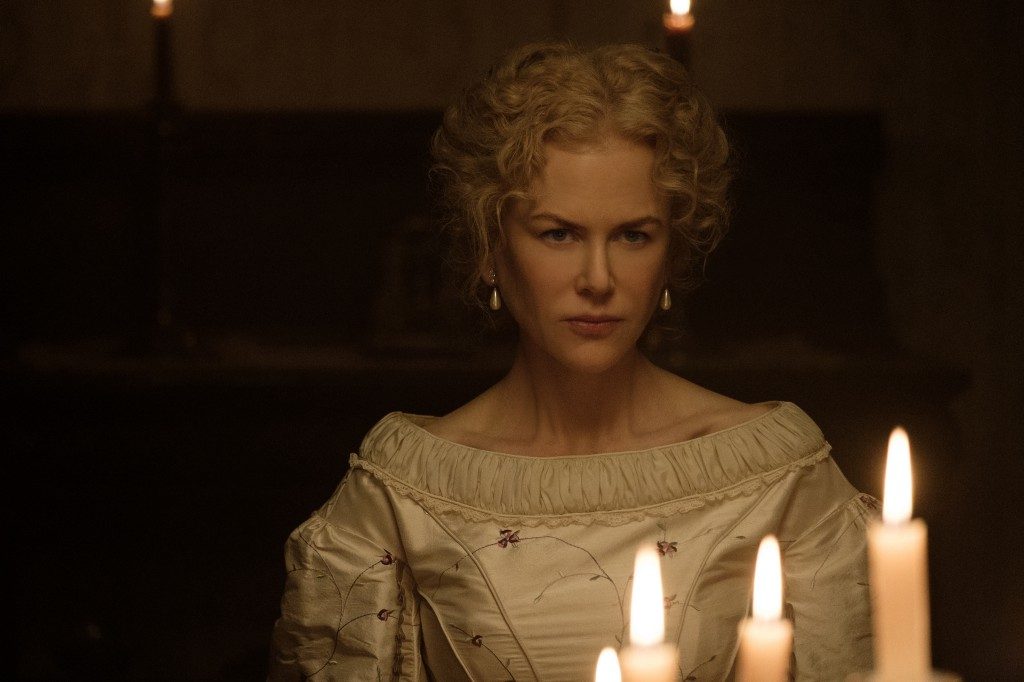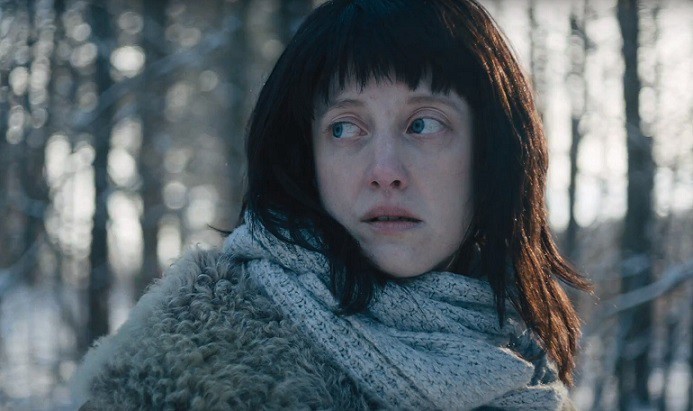
Costume designer Stacey Battat’s latest film is “The Beguiled,” which happens to be her fourth collaboration with filmmaker Sofia Coppola. Starring Nicole Kidman, Kirsten Dunst, and Elle Fanning, the film is a Civil War-set psychological thriller that focuses on a Southern girls’ boarding school and the chaos that ensues when a wounded Union soldier (Colin Farrell) arrives. The film has been generating a great deal of buzz since its debut at the 2017 Cannes International Film Festival, where Coppola won a Best Director prize.
Battat’s career as a Hollywood costume designer started in 2007 on Zoe R. Cassavetes’ indie film “Broken English.” Battat has since worked on a number of films including “Freeheld,” “Still Alice,” “What Maisie Knew,” and “The Disappearance of Eleanor Rigby.” She has also designed costumes for a host of TV projects including “Mozart in the Jungle” and “Girls.” “The Bling Ring,” “Somewhere,” and Netflix’s “A Very Murray Christmas” are her previous collaborations with Coppola.
Women and Hollywood spoke to Battat about her costume choices, working with Coppola and “The Beguiled” cast and crew, the research it took to bring these strong but embattled women to life, and how costume design is the one Hollywood profession dominated by women.
“The Beguiled” opens in limited release June 23, followed by a wider release June 30.
W&H: What was it like to work on a period piece set in the Civil War?
SB: This was my first period movie. I had worked on a period TV show (“Z: The Beginning of Everything”), but [working on a film] is a big difference in a lot of ways. It has to be authentic. You can’t decide at the last minute that you wish a costume is red because you have already made it or rented it. That’s not an option. You have to really decide what is going to happen in advance.
W&H: Coppola has an atmospheric style in this film and your costume choices seem to fall right in line with its palette and lighting. What was your collaboration like with her and the other designers?
SB: We always sit down and talk before production begins. So Anne Ross, the production designer, Sofia, myself, Philippe Le Sourd, our cinematographer, and film editor Sarah Flack sat down to talk about what kind of mood we wanted to create for this movie. I think we work together in a congruous way. It’s also nice to work with the same people over and over because you develop a similar language.
In this particular case, we wanted the film to be eerie but also beautiful. We talked about the film being ethereal, about the characters feeling like ghosts that had been left behind, about the clothes having a diaphanous quality, about light passing through the trees.
W&H: How did you research the Civil War era, and how did you find the fabrics and laces used to make the clothing?
SB: I went to the Metropolitan Museum of Art and visited their textile center. I looked through fabric books from that era and was able to get a good grasp on what kinds of fabrics were available in the 1860s and bought material in retail stores. The buttons and lace are older. I scoured stores to find them.
W&H: How did the social etiquette of the time period play into your design choices?
SB: The women had to stay covered. I put myself in their mindset and found out they were raised to essentially please men during that time period. I wanted to know what it’s always like to leave before the party is over and what was it like to always want a man to do something for you. I think that these things informed my decisions in a certain way but not in a specific way.
Walking around in a corset is complicated. It’s a different thing. You must breathe and stand differently. You can’t slouch. I think wearing one helped the actresses get into character.
W&H: Can you talk about each actress and what their costume brought to their specific character?
SB: I wanted Nicole Kidman to feel in charge. I tried to accomplish that by not putting her in very colorful clothes, by putting her in more sedate prints, not flowered but polka dots and stripes.
I wanted Kirsten Dunst to feel romantic. She had come from a city, so in my mind, she was more sophisticated than the other girls. I tried to accomplish that by putting her in diaphanous fabrics.
I wanted Elle Fanning to feel flirty. I hope that the ruffles on her dresses accomplished that.
I wanted Oona Laurence to feel like her clothes were too big because she was either hungry or they were hand-me-downs from other girls at the school.
I put a lot of panels in Angourie Rice’s clothes to show she was still growing. Her fabrics didn’t always match the print, like a light green stripe to lengthen the sleeves of the dress she was wearing.
I wanted Addison Riecke to feel young. She was really funny, and I didn’t know her delivery would be so funny when I was making her costume. I wanted her to feel young and charming.
Emma Howard really looks like she’s from that period. I didn’t have to do a lot. She looked like she belonged to the 1860s.
W&H: There’s a big contrast between their buttoned up, pastel clothing and Colin Farrell’s. Can you please talk about the difference between dressing the two genders?
SB: Dressing a man in that time period is just easier. There were a lot more constraints to the women’s clothing.
W&H: This film’s production took 26 days. What was it like working in this timeline on an independent film’s budget?
SB: I had really great team. We were dressing seven to eight people at a time, and we managed to get into a good rhythm. I had the most incredible tailor in New Orleans named Patty Spinelli. I had an incredible costumer named Jennifer Watson. I had the best intern in the world. I feel like these people and support streamlined the production process.
W&H: What is it like being a female costumer designer in Hollywood?
SB: The one thing I will say is that we are the one profession in Hollywood that is primarily female. I mean, no other area of the profession is. Camera operators, production designers, DPs are generally men but costume designers are generally women — across the board.
Certainly being a woman in Hollywood has certain drawbacks but also merits. I know there is a lot of disparity in the way women are paid as opposed to men, but when I hear about my friends who are lawyers talking about the crazy misogyny that happens in their workplace, I think about how glad I am to be a woman in Hollywood. I wish there were more women filmmakers. There should be more women directors, and more women directors of photography.







